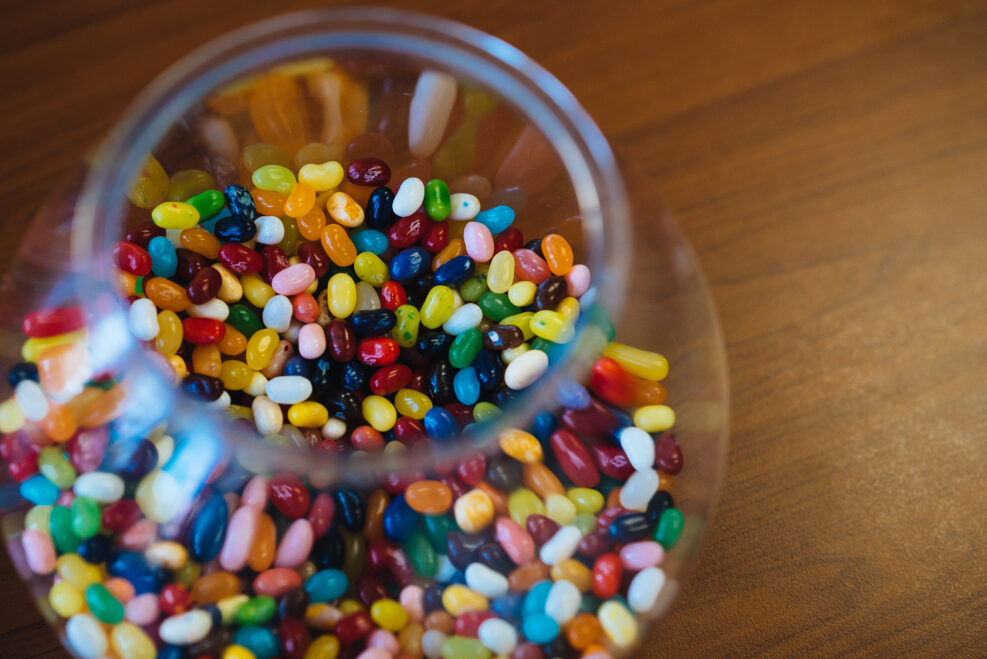
The Wisdom of Crowds: Are Crowds Really Wiser Than Individuals?
According to the theory, with a large number of guessers, the median number is very likely to be close to the true valueStatistician Sir Francis Galton went to a country fair in 1907 where a prize was to be awarded to the person who made the most accurate guess of the butchered weight of an ox that was on display. Galton collected and analyzed the 787 guesses and, not surprisingly, found that some guesses were far too high and others were much too low. However, the average guess (1,197 pounds) was only 1 pound lower than the actual weight (1,198 pounds). The average was more accurate than the guesses of the vast majority of both the amateurs and the experts. In the 1980s, a finance professor named Jack Treynor (1930–2016) performed a similar, and now legendary, experiment with jelly beans. Professor Treynor Read More ›
